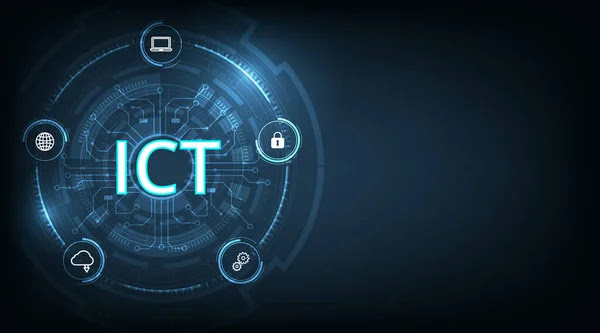
Introduction:
As we step into 2024, the digital landscape is evolving at an unprecedented pace, bringing both opportunities and challenges. One of the critical challenges that continue to loom large is the ever-expanding threat landscape in the realm of cybersecurity. In this comprehensive exploration, we delve into the cybersecurity trends and threats that shape the current state of digital security, examining the strategies employed to safeguard against malicious activities in 2024.
I. Rise of Sophisticated Cyber Threats:
A. Advanced Persistent Threats (APTs): In 2024, APTs are reaching new levels of sophistication. These prolonged and targeted cyber-attacks, often orchestrated by nation-states or well-funded entities, aim to compromise sensitive data and critical infrastructure. We explore notable APT campaigns and their impact on various sectors, highlighting the need for robust defense mechanisms.
B. Ransomware Resurgence: Ransomware attacks are making a comeback, leveraging advanced encryption techniques and evolving tactics. The blog examines recent high-profile ransomware incidents, their modus operandi, and the evolving demands of cybercriminals. Additionally, we discuss strategies organizations are employing to mitigate the risks and respond effectively to such attacks.
II. Emerging Technologies and Cybersecurity:
A. Artificial Intelligence (AI) and Machine Learning (ML) in Cybersecurity: The integration of AI and ML in cybersecurity is transforming the way organizations detect and respond to threats. We delve into how machine learning algorithms analyze vast datasets to identify patterns and anomalies, enhancing the speed and accuracy of threat detection.
B. Zero Trust Architecture: With the increasing complexity of cyber threats, the Zero Trust model is gaining traction. We explore how this security approach challenges the traditional perimeter-based mindset by requiring continuous verification of every user, device, and network interaction. Case studies highlight successful implementations and their impact on reducing the attack surface.
III. Global Regulatory Landscape:
A. Data Privacy Regulations: Stringent data privacy regulations are reshaping the way organizations handle and protect user information. We analyze the global regulatory landscape, including GDPR, CCPA, and other regional initiatives, and discuss the implications for businesses and their cybersecurity practices.
B. Supply Chain Security: The interconnected nature of modern supply chains introduces new cybersecurity challenges. We examine how organizations are enhancing supply chain security to prevent cyber threats from infiltrating critical systems through third-party vulnerabilities.
IV. Cybersecurity Skills Gap:
A. Challenges in Workforce Development: The demand for skilled cybersecurity professionals continues to outpace the available talent pool. We discuss the challenges in workforce development, including the need for specialized training programs and initiatives to bridge the skills gap.
B. Automation and Orchestration: Automation is becoming a force multiplier in cybersecurity, allowing organizations to streamline routine tasks and allocate human resources more strategically. We explore the role of automation and orchestration in cybersecurity operations and their impact on mitigating the skills shortage.
V. The Future of Quantum Computing and Cryptography:
A. Quantum Threats to Cryptography: As quantum computing advances, the threat to traditional cryptographic methods grows. We examine the potential impact of quantum computing on encryption algorithms and discuss the development of quantum-resistant cryptographic solutions.
B. Preparing for the Quantum Era: Organizations are proactively preparing for the quantum era by exploring quantum-safe cryptographic solutions. We discuss the current state of quantum-resistant cryptography and the steps organizations can take to future-proof their digital assets.
Conclusion:
As we navigate the intricate web of cybersecurity in 2024, the landscape is characterized by both challenges and innovations. From the resurgence of sophisticated threats to the integration of emerging technologies, organizations must remain vigilant and adaptive in their cybersecurity strategies. By understanding the current trends and anticipating future developments, the digital community can collectively fortify its defenses and foster a more secure and resilient online environment.

